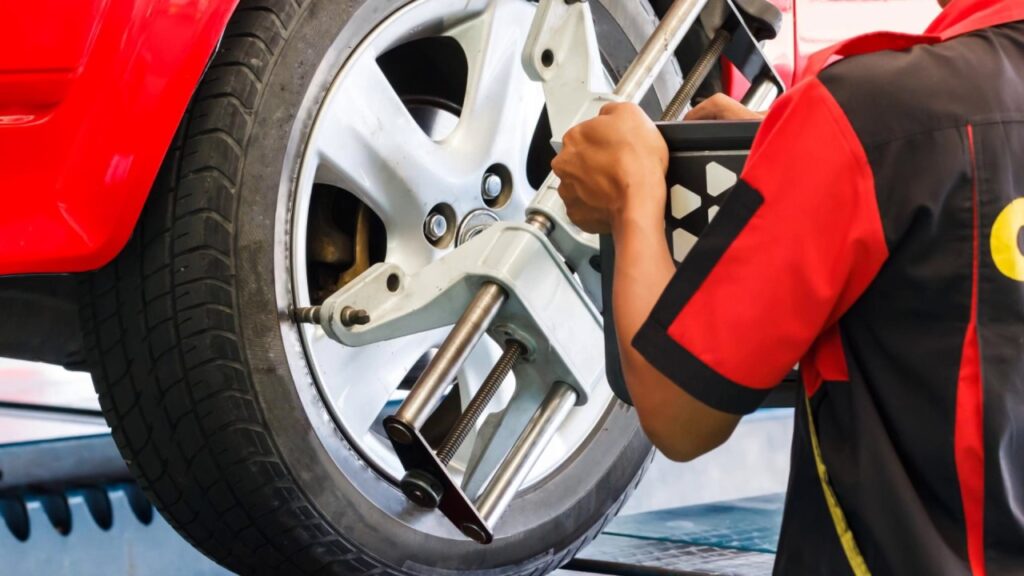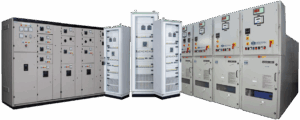Alignment Machines
Alignment machines are an essential part of any automotive workshop. They help technicians check and adjust the angles of wheels so that they meet the car manufacturer’s specifications. This process ensures that a vehicle drives straight and reduces tire wear. Over time, however, even the most reliable alignment machines may develop issues. Understanding these common problems can help businesses maintain productivity and avoid costly delays.
Why Proper Alignment Matters
When a vehicle’s wheels are properly aligned, the car handles better and tires last longer. Misalignment can lead to uneven tire wear, poor fuel efficiency, and safety issues. That’s why having a fully functional alignment machine is so important. Coats Company, known for its reliable automotive equipment, emphasizes the value of using a well-maintained alignment machine in every service bay.
Common Issues with Alignment Machines
Alignment machines can face several challenges over time. Here are the most frequent problems technicians may encounter:
Calibration Problems
Incorrect Readings
One of the most common issues is inaccurate measurements. If the alignment machine is not properly calibrated, it can provide wrong data. This leads to incorrect alignment settings, which can cause customer complaints.
Need for Regular Calibration
Calibration should be done regularly, especially after moving the machine or after software updates. Without routine checks, even a small error can throw off the entire alignment process.
Software Glitches
Frozen Screens and Crashes
Alignment machines often rely on computer software to function. If the system freezes or crashes, technicians cannot complete their tasks. This can slow down service and lead to a backlog of customers.
Outdated Software
Using old versions of the software can lead to compatibility problems. Updates from the manufacturer, such as those provided by Coats Company, are designed to improve performance and fix bugs. Failing to install these updates can result in slower operation and errors.
Sensor and Camera Issues
Dirty or Blocked Sensors
Many modern alignment machines use cameras and sensors to track wheel positions. Dust or debris on these parts can cause incorrect readings. Technicians should clean the lenses regularly to avoid this issue.
Sensor Misalignment
Sensors must be aligned correctly with the wheels. If they shift due to accidental bumps or improper installation, the results may be inaccurate. Technicians need to check sensor positions before each use.
Hardware Wear and Tear
Loose Cables and Connections
Frequent use can cause cables to wear out or connections to loosen. A loose cable may interrupt data flow between the sensors and the computer, leading to inconsistent results.
Worn-Out Targets or Clamps
Targets and clamps help secure the alignment equipment to the wheels. Over time, these parts may wear out or break, making it difficult to get accurate measurements. Replacing these components on time is essential.
User Errors
Incorrect Setup
Sometimes the problem lies not in the machine, but in how it is used. If technicians do not follow the correct setup procedure, the alignment results may be flawed. Proper training is essential for accurate use.
Misinterpreting Results
Even when the machine provides accurate data, a lack of understanding can lead to misinterpretation. Technicians should be trained to read and apply alignment data correctly.
Environmental Factors
Uneven Floors
Alignment machines require a level surface to provide correct results. An uneven shop floor can cause the sensors to misread the vehicle’s position.
Temperature Changes
Drastic temperature swings can affect both mechanical and electronic parts of an alignment machine. For example, very cold temperatures may slow down electronic responses, while excessive heat may cause overheating.
Power Supply Issues
Unstable Voltage
Power fluctuations can damage sensitive electronic components inside the machine. Using voltage stabilizers or surge protectors can help protect the equipment.
Sudden Power Loss
Unexpected shutdowns can interrupt alignments and corrupt software. This can require a full system reboot or even professional repair.
Connectivity Problems
Network Connection Failure
Some advanced alignment machines are connected to shop networks or cloud-based services. If the network goes down, these features may not work properly.
Printer or Device Sync Issues
The machine may also connect to printers, tablets, or other devices. Failure in syncing can delay printing alignment reports or saving data.
Manufacturer-Specific Problems
Lack of Technical Support
Some brands offer limited customer service. In contrast, Coats Company provides dedicated technical support and user manuals to help customers troubleshoot common problems.
Non-Availability of Spare Parts
Getting replacement parts for outdated or unpopular brands can be difficult. Coats Company ensures that spare parts and accessories are readily available for their machines.
Preventive Maintenance Tips
Daily Checks
Technicians should check cables, sensors, and clamps daily to ensure nothing is damaged or misplaced.
Scheduled Servicing
Routine servicing as recommended by the manufacturer helps avoid unexpected issues. Coats Company recommends professional inspection at regular intervals.
Software Updates
Always install the latest software updates from trusted sources. These updates often include bug fixes and new features to improve efficiency.
Clean Working Environment
Keeping the work area clean reduces the chance of dirt affecting sensors and other machine parts. Dust-free zones also protect sensitive electronics.
When to Replace Your Alignment Machine
Frequent Breakdowns
If your alignment machine is constantly having issues, it may be more cost-effective to replace it than continue repairs.
Outdated Technology
Older machines may not support new car models or modern alignment methods. Coats Company offers updated machines with the latest features.
Slow Operation
As alignment machines age, they may become slower and less efficient. Upgrading to a newer model can speed up service times and reduce customer wait times.
Choosing a Reliable Brand
Importance of Brand Reputation
Choosing a trusted brand like Coats Company ensures quality and long-term support. A good brand offers reliable equipment and easy access to parts and service.
Warranty and Support
Always check for warranty coverage and available customer support. Coats Company offers extended warranties and live technical assistance to help solve issues quickly.
Conclusion
Understanding the common issues with alignment machines can help technicians and shop owners take better care of their equipment. From calibration and software problems to sensor and environmental concerns, each issue requires timely attention. Brands like Coats Company not only offer high-quality machines but also provide the support needed to keep them running smoothly. Regular maintenance and staff training can go a long way in ensuring your alignment machine delivers accurate and reliable results for every vehicle.
Here, you can read more Blogs!






